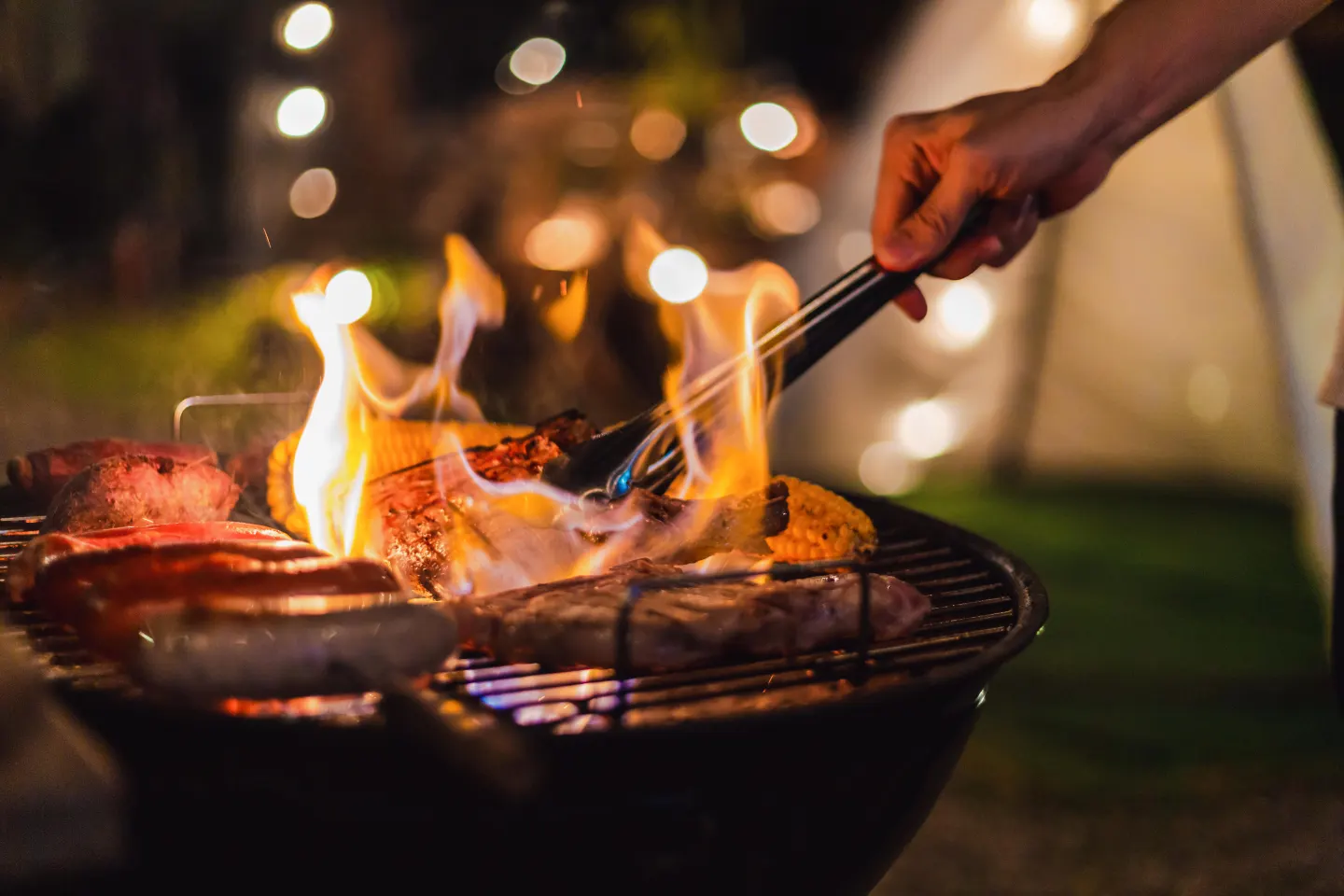
From backyard barbecues to bustling street food stalls, the allure of charcoal grilling has transcended cultures and continents, bringing people together over the symphony of sizzling meats and smoky aromas. This culinary tradition has deep roots in history, with evidence suggesting that our ancestors were charring food over open flames as early as the Stone Age.
Today, charcoal grilling remains a beloved pastime, a testament to its versatility and ability to impart a unique flavor that simply can’t be replicated in a kitchen oven. But what exactly is it about charcoal that makes it so irresistible?
The answer lies in the unique properties of charcoal, a combustible material produced from the burning of wood or other organic matter. When charcoal is ignited, it releases intense heat, evenly radiating across the cooking surface. This intense heat not only sears meats to perfection, locking in their juices and creating those irresistible grill marks, but it also imparts a subtle smoky flavor that enhances the natural taste of the food.
While the grilling experience is universal, the type of charcoal used can vary depending on region and personal preference. Two main types of charcoal dominate the grilling landscape: lump charcoal and briquettes.
The art of charcoal grilling has evolved over time, taking on unique flavors and traditions in different cultures around the world. Let’s embark on a culinary journey to explore some of the diverse ways charcoal is used to create grilled masterpieces:










Charcoal grilling is more than just a cooking method; it’s a cultural experience that brings people together around shared meals, laughter, and the irresistible allure of smoky flavors. Whether it’s the sizzling sounds of a Korean barbecue or the communal feast of an American cookout, charcoal grilling has the unique ability to transform simple ingredients into culinary masterpieces, fostering